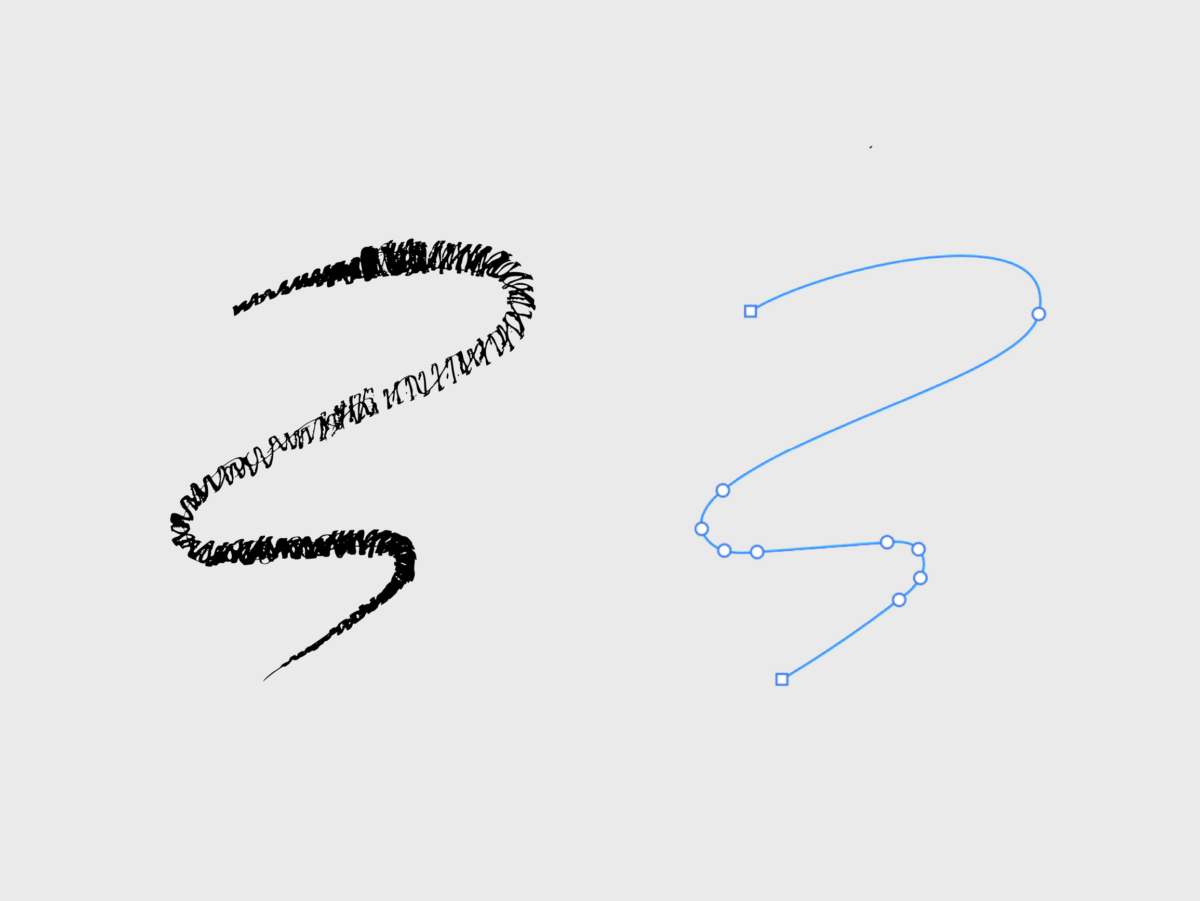Violet Luczak
Associate Professor
McHenry County College
Many practicing designers create traditional graphic design for corporate work and art for personal expression. Little has been done to measure the difference in user engagement between Graphic Design and Art Design. Does an audience’s emotional engagement differ when experiencing traditional graphic design compared to art design?
The key objective of this research is to identify differences between traditional graphic design work and art design work by exploring their effect of emotional impact on the audience.
The methodology used in this study was surveys given to undergraduate graphic design students. Six Graphic Design and six Art Design pieces were shown to students using a projector. After viewing both sets of pieces, students were asked to fill out a user engagement survey to analyze the emotional impact of both sets of work.
To control for technique and skill the examples of Graphic Design and Art Design used in this study were pulled from the same subset of artists. Traditionally, Graphic Design is message-driven and Art Design is open to interpretation. Art Design typically aims for a stronger emotional response while Graphic Design focuses on clarity and functionality.
The designers used in this study are well-noted in the design field. Designers include Stephen Sagmeister, who designed for clients including the Rolling Stones, HBO, and the Guggenheim Museum. Paula Scher, who designed for clients including Bloomberg, Microsoft, Adobe, Bausch + Lomb, and Coca-Cola (Bucher, S. 2004). April Greiman, whose notable projects include a 1979 poster for the California Institute of the Arts, the 1980 China Club Restaurant and Lounge advertisements, and a poster, designed in 1982, for the 1984 Olympics (Heller, S 1998). Clay Hickson designed for clients including American Express, the Chicago Reader, Bloomberg Businessweek, Lucky Peach, and Refinery 29 (Johalla Projects, 2016). Mike Perry has worked for clients including Apple, Nike, Urban Outfitters, Channel 4, PlayStation (Anderson, R. n.d.), and Paul Rand who designed corporate logos, including IBM, UPS, ABC, and Westinghouse (Heller, S.1999).
The surveys given in this study have been modified from the user engagement scale based on the research of O’Brien, H. Cairns, P. and Hall, M. The scale items include cognitive and emotional engagement measured using a 5- 5-point Likert scale. Emotional engagement is measured through a framework with multiple dimensions to assess emotional impact based on valence, intensity, and specificity.
This design research is presented at Design Incubation Colloquium 11.1: Boston University on Friday, October 25, 2024.
